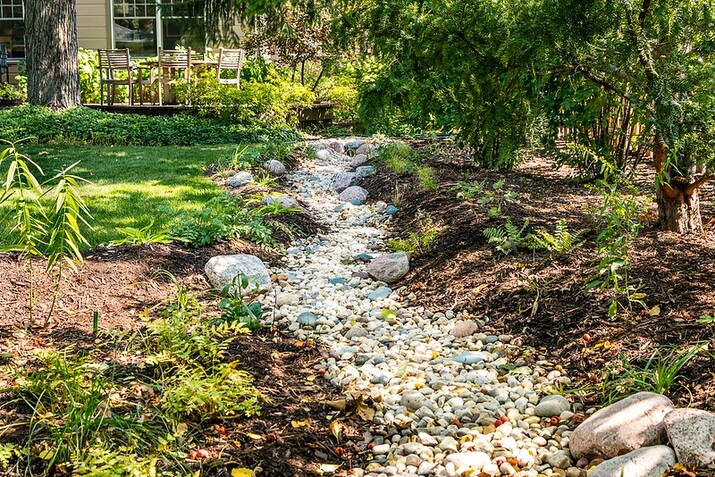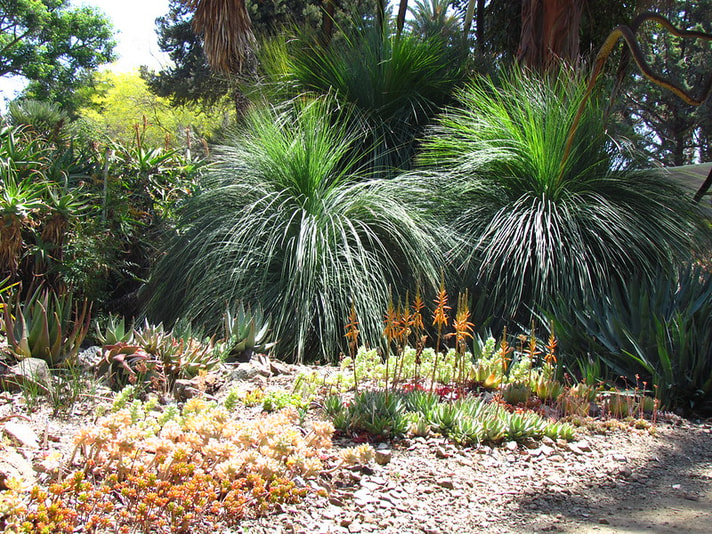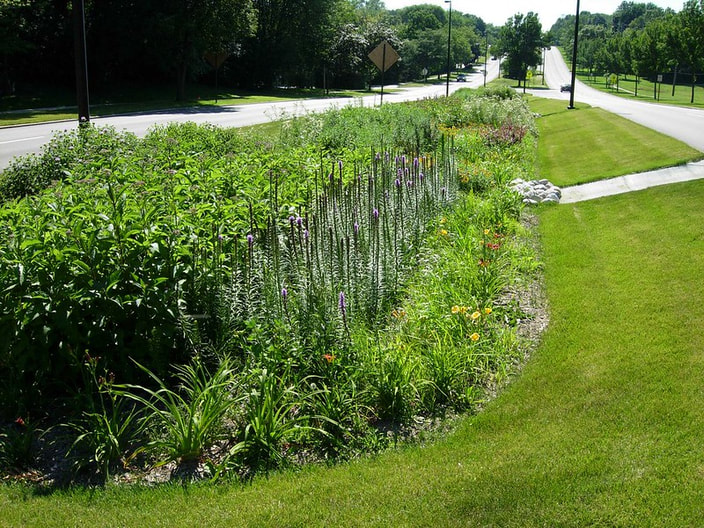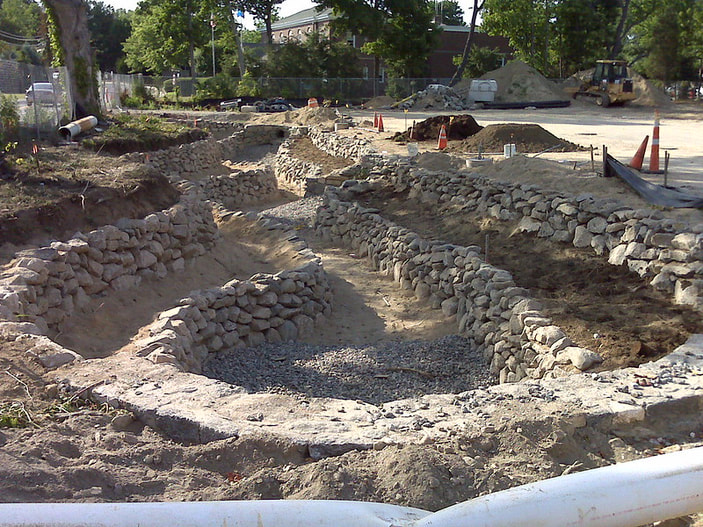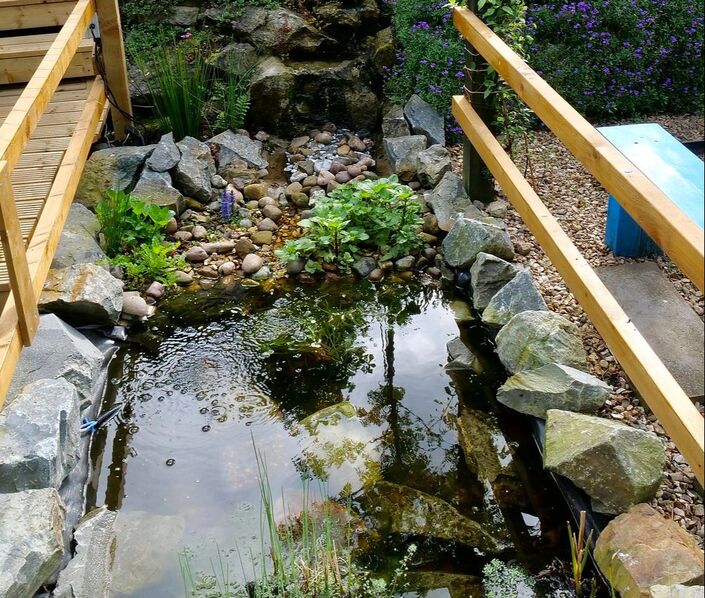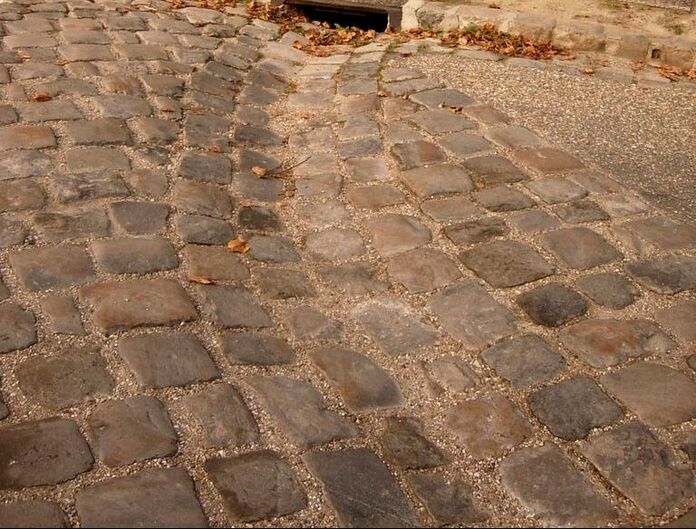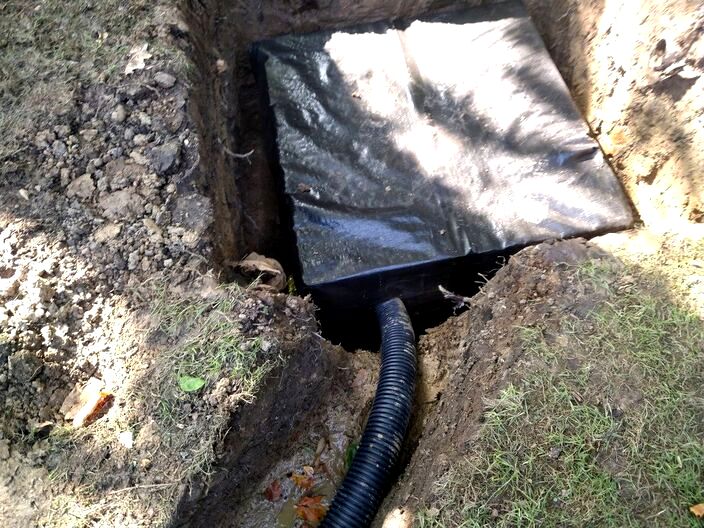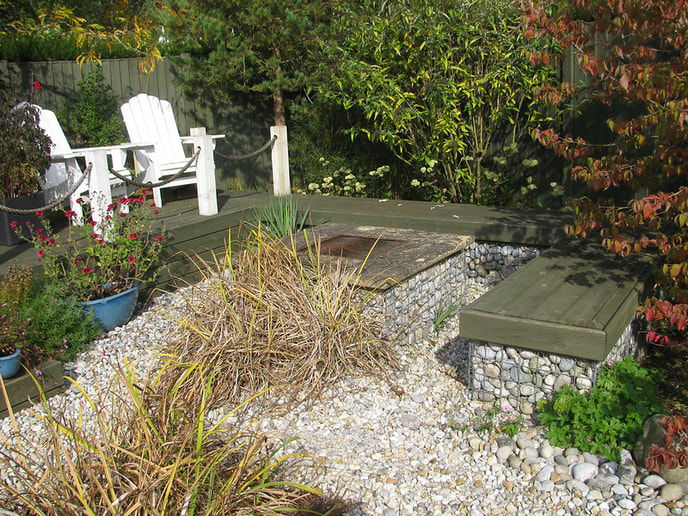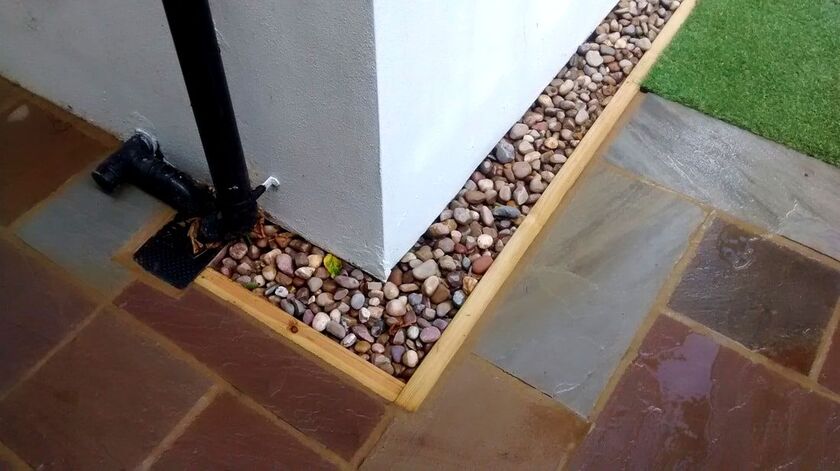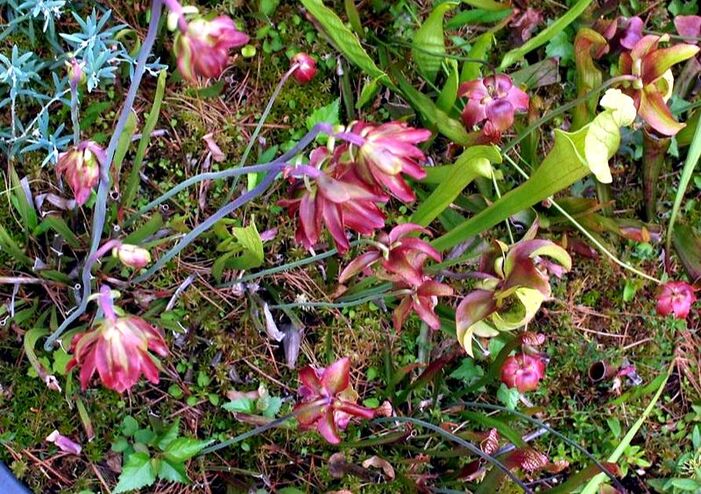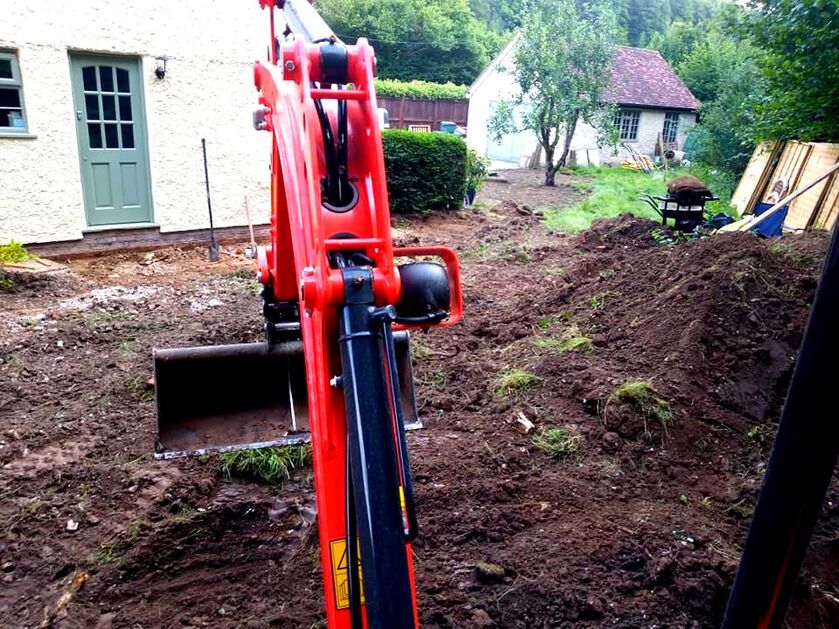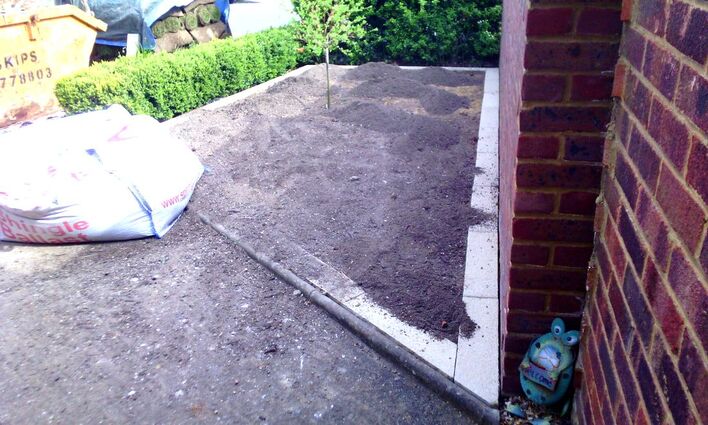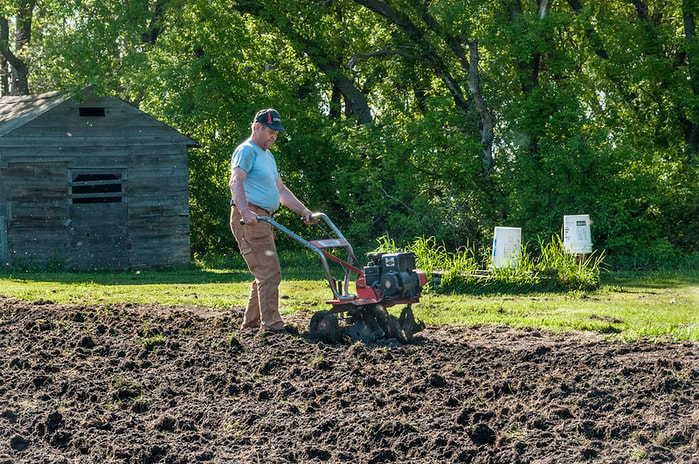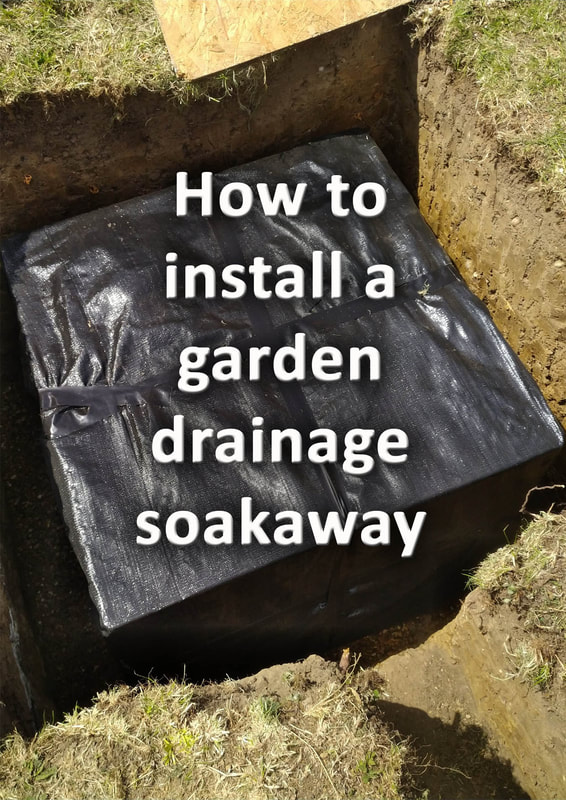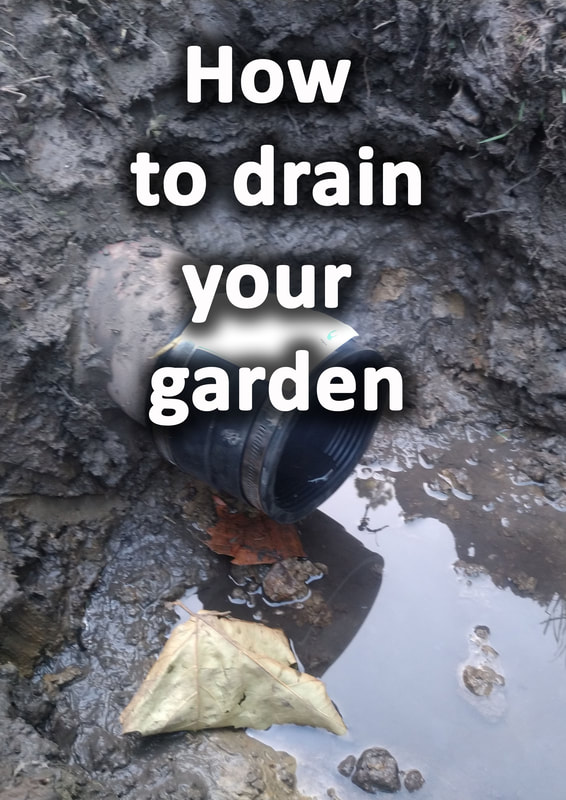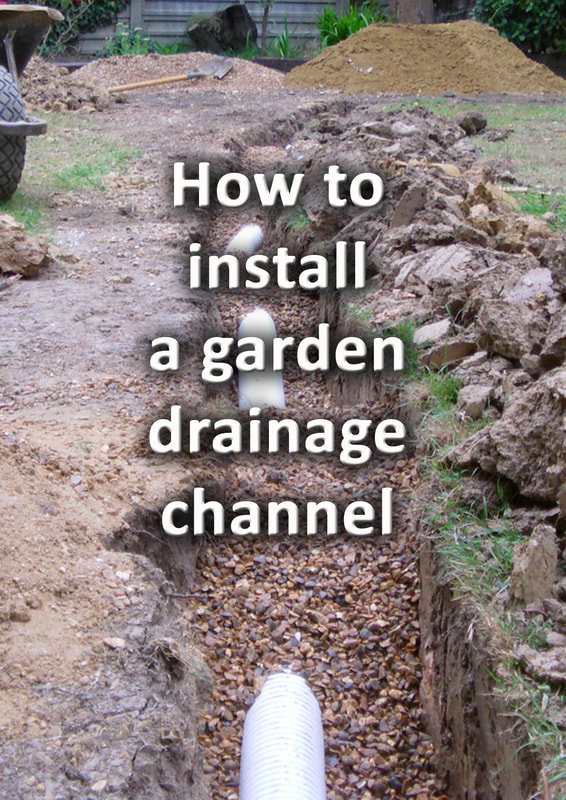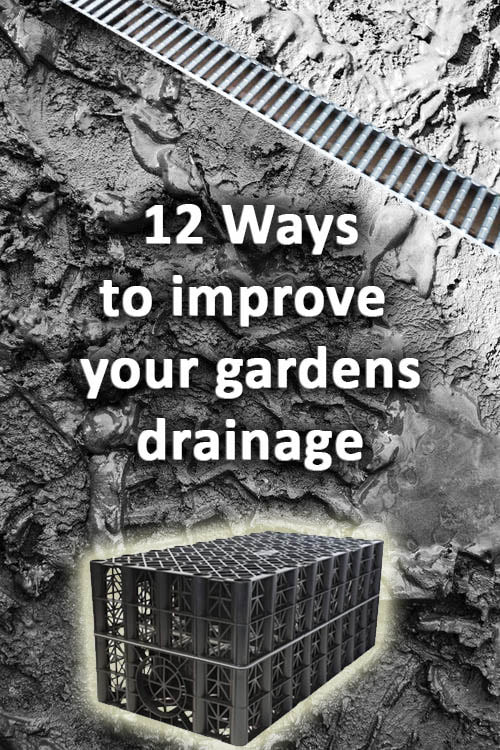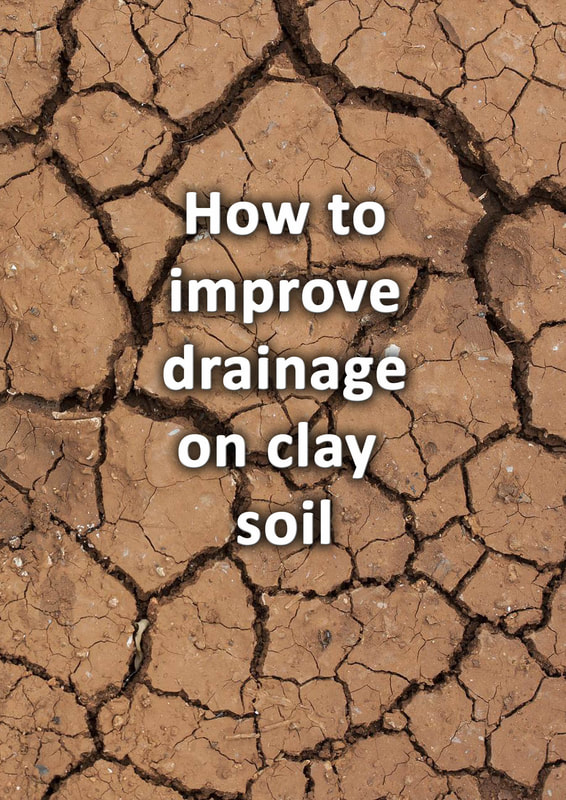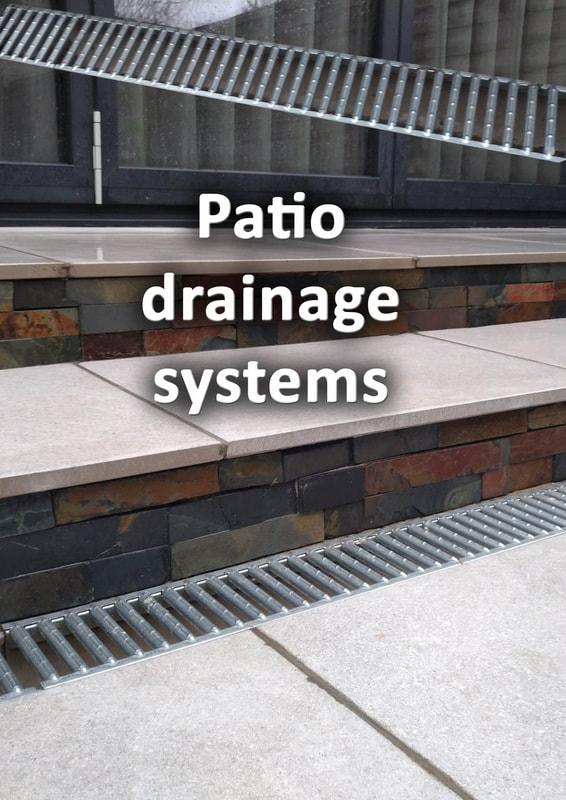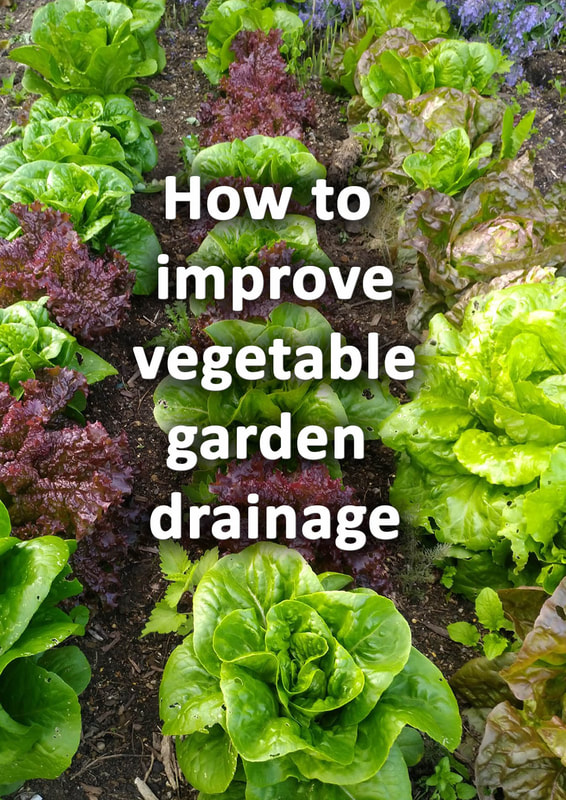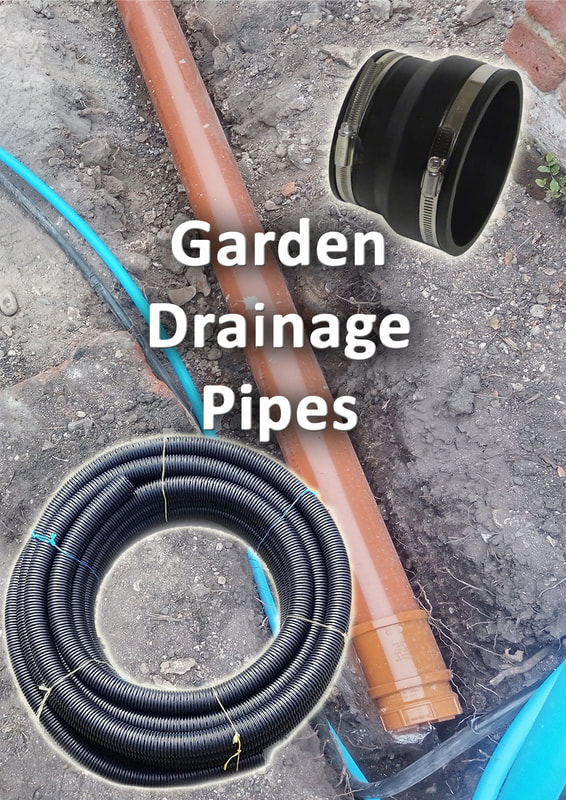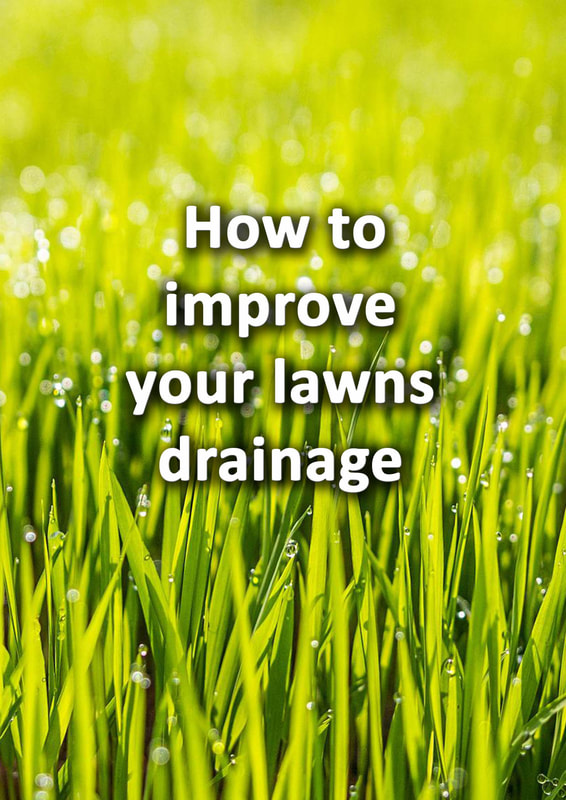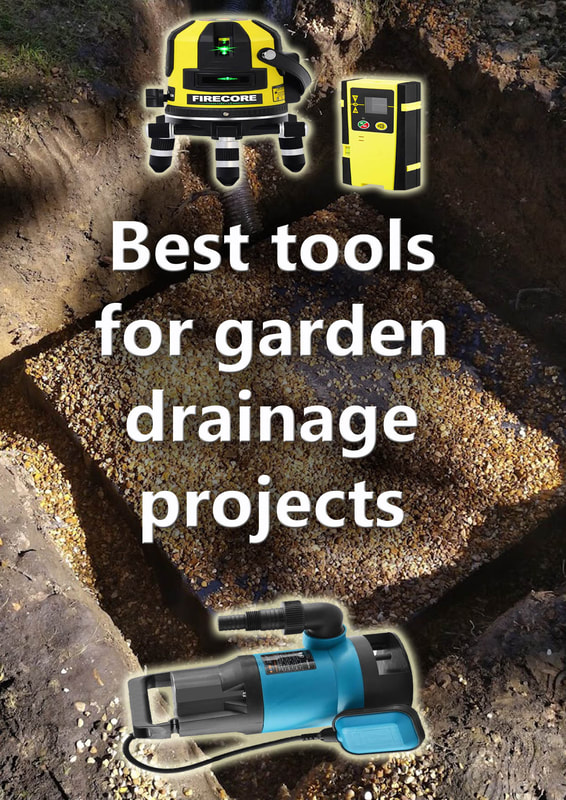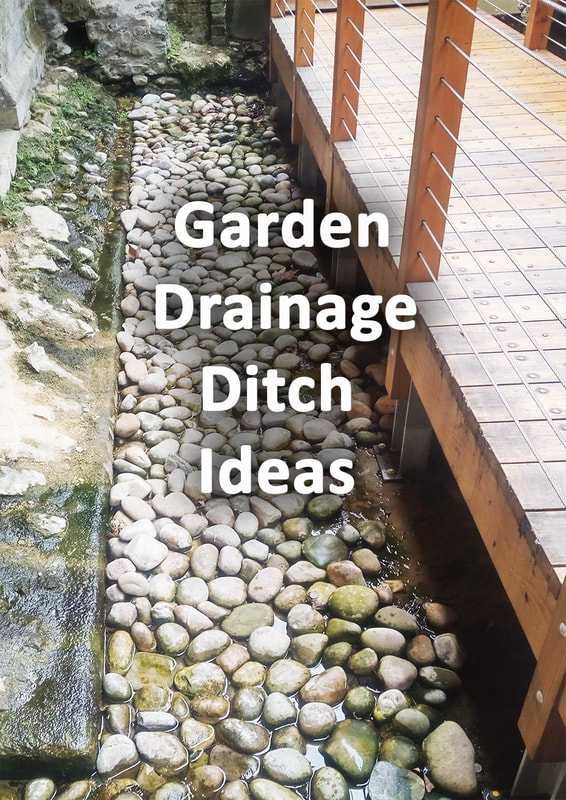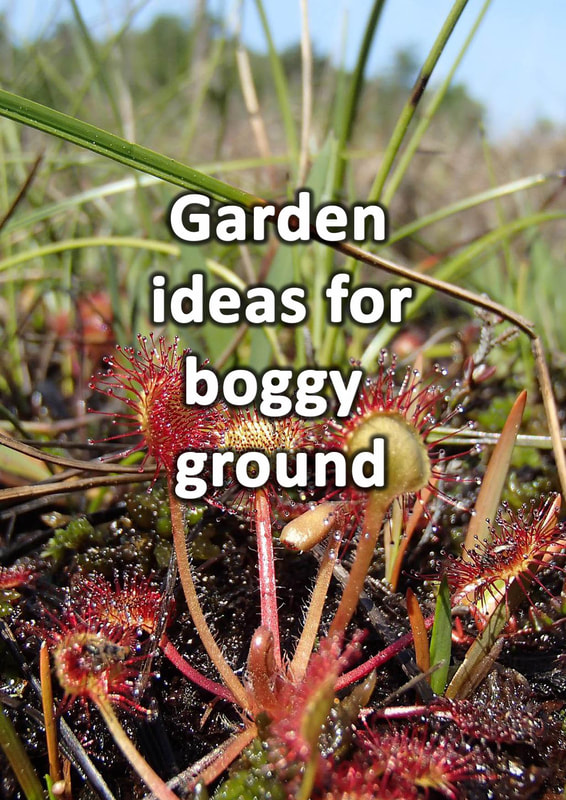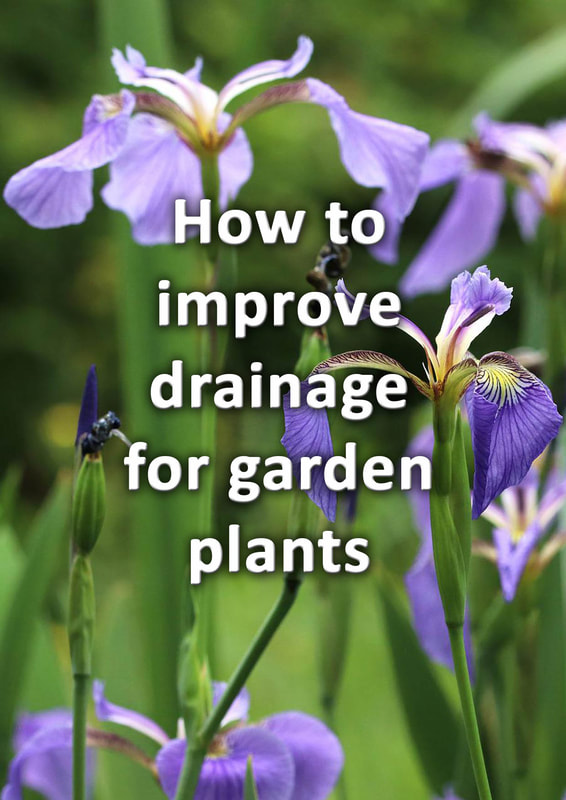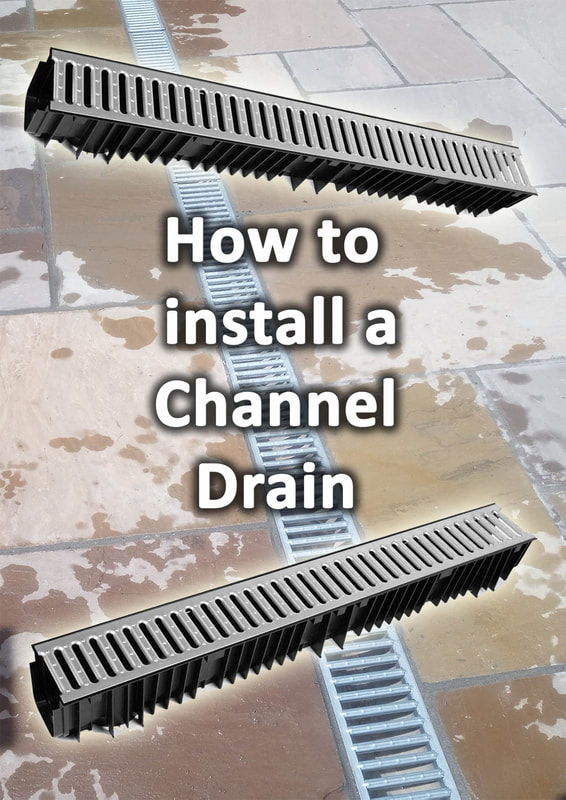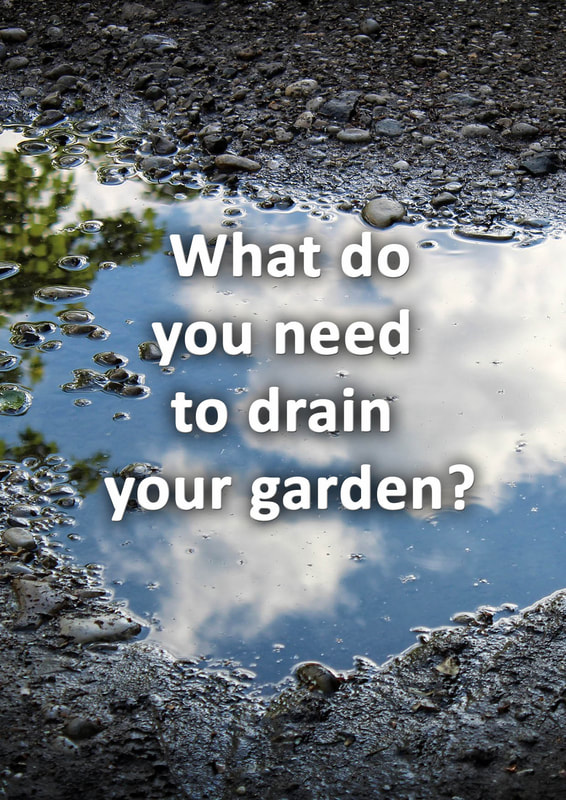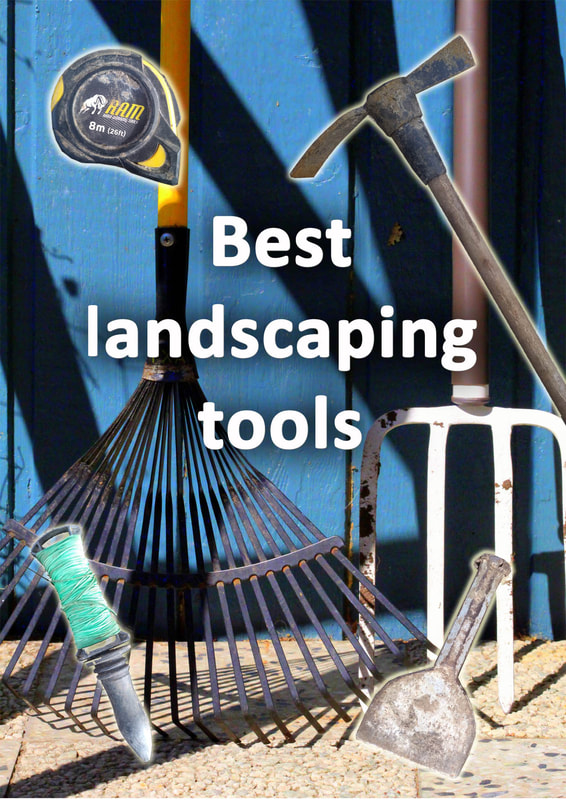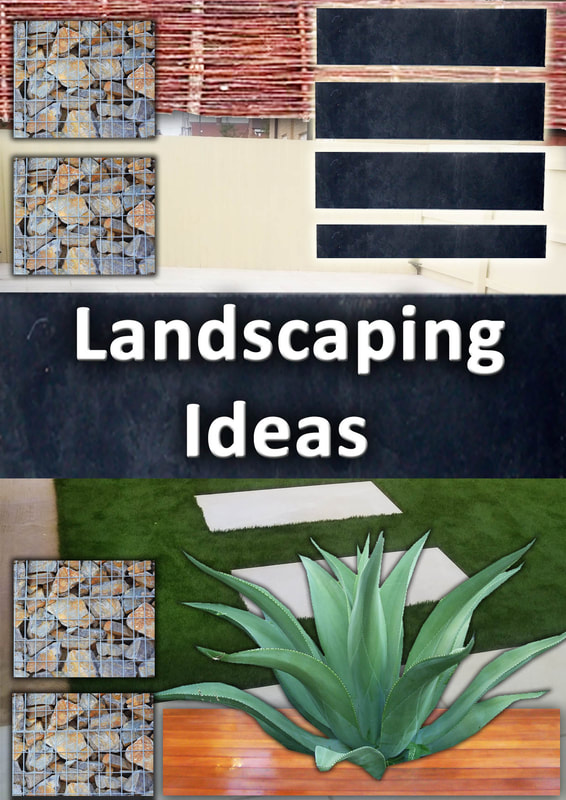|
This article contains affiliate links
Excess water in the garden can cause a range of negative issues. Poor drainage can lead to boggy soil and challenging growing conditions for plants. Most of the time, garden hydrology is predetermined by multiple, contextual factors.
Factors such as climate, topography and soil type all contribute to sites drainage fundamentals. However there are many manmade garden installations which can contribute to poor drainage. Extensive hard surfacing, excess local development, compaction and level changes can all affect drainage. Whether excess water in your garden is natural or manmade there are many ways to deal with it. Not only can garden drainage solutions be functional they can also be fun and aesthetic. In fact there are many exciting drainage ideas which can actually become a part of a gardens design. In this article we will list and describe 13 great garden ideas to solve and even celebrate garden drainage issues. 1. Rain gardens
Rain gardens are landscaped areas of the garden designed to accept and channel excess rainwater. This is typically executed by channelling roof guttering and patio drainage into small water gardens. These can become very decorative landscape features which celebrate the hydraulic cycle. A popular rain garden theme is a pebble pond which fills up during heavy rain. Garden drainage can also be channelled into manmade streams which look like river beds. Rain gardens can be planted with wetland plants and can become valuable wildlife habitat. These are a great way to implement a sustainable drainage strategy around the home. 2. Dry gardens
Dry gardens are normally associated with Mediterranean designs and arid landscape schemes. However their extensive use of gravels makes them very suited to aid garden drainage. Raised rock beds and rockeries can divert excess rainwater down into drainage gulley's and garden soakaways. Surfacing expansive areas with gravel can make it much easier for surface water to drain easily. Dry gardens can become great places to create succulent, garden, displays. They are also fantastic for creating warm microclimates around patios and seating areas. 3. Bioswales
Bioswales are gently, sculpted, depressions or ditches which absorb surface runoff slowly. These swales are planted with native wetland plants which help to provide valuable wetland habitat. Bioswales have been utilised to help clean polluted storm water runoff from urban areas. Contaminants such as diesel, engine oil, dog faeces and dangerous metals are filtered naturally by wetland plants. This makes bioswales an ecological solution to landscape drainage. In a garden setting bioswales can make a good substitute to soakaways and provide important wildlife habitat. 4. Seasonal flooding wetlands
Seasonal flooding wetlands are similar in principle to bioswales. In times of heavy rain these dry ponds fill and allow water to slowly reabsorb into the ground. Seasonal flooding wetlands replicate a habitat type which was once common but now extremely rare. There are many species of insect and invertebrate which rely upon seasonally flooding habitat to complete their life cycles. These drainage features are a great ecological substitute for conventional soakaways . They can be designed as landscape depressions or larger pond areas. 5. Wildlife retention ponds
Wildlife retention ponds are similar to regular wildlife ponds but with extra capacity built in. This is typically done by sinking ponds lower down, into the ground. This gives them extra filling capacity during times of heavy rain. The higher sides of the pond can be planted with marginal plants which may submerge during the winter months. The retention ponds allow you to channel garden drainage systems straight into the pond basin. During the summer months retention ponds provide a good supply of non chlorinated water for landscape irrigation. 6. Drainage gulley’s
Drainage gulleys can come in a wide range of forms, materials and designs. Gulleys are generally shallow depressions formed into borders and hard surfacing to channel water. This could be on the edge of a patio or to direct surface water into a retention pond. Drainage gulley's have extra potential to form decorative garden drainage features. These can range from gravel streams to aesthetic patio channels formed with mosaic tiles. Drainage gulley's can also be formed using wet mortar with small pebbles set into the surface. 7. Soakaway crates
Soakaway crates are modern drainage systems designed to retain and store drainage water. These rigid and robust plastic structures clip together to form extensive drainage soakaways. Traditionally soakaways were merely cubic metre excavations filled with masonry and rubble. The problem with these soakaways was much of the void was already full. This resulted in rapid filling during times of heavy rain, large gaps also meant they silted up easily. Soakaway crates when full hold up to 97% of their volume in water. This makes them the perfect way to collect and store water collected from garden drainage systems. 8. Sunken gabions
Gabions have become a popular landscaping feature in many garden and larger landscape projects. Traditionally these are used as retaining features and to create high, physical, boundaries. However gabions can also be used as drainage features set into the landscape. This is achieved by setting them in flush to the ground level. This can be done within a lawn or even a paved surface. Laid in a line they can create a free flowing passage to drainage discharge. Normally using gabions in this way will require smaller rock aggregates so they can still be walked upon. Filtration fabric should also be applied to all sides in contact with the soil to prevent silting. 9. Gravel edging borders
Gravel borders are a great way to transition from one surface to another. A typical example of his is where paving meets lawn or lawn meets flower border. Such gravel borders are normally formed and separated by thin garden edging. This is typically stainless steel or timber, gravel, board, edging. However, a very underrated utility of gravel borders is their ability to create inconspicuous drainage channels. These can encase submerged drainage channels consisting of free draining aggregate and perforated pipe. Such channels can feed directly into garden drains, swales or soakaways. 10. Bog gardens
Bog gardens can be a great way to add an extra diverse habitat next to an existing wildlife pond. Bogs and swamps were once common before land was extensively drained for modern agriculture. Bogs are similar to ponds but filled with soil and water to create continuous boggy conditions. Many bog plants are highly specialised and have attractive flowers and foliage. Bog gardens are perfect for plumbing into garden channels and drainage systems. The seasonal and transient flooding during high rainfall replicates what occurs in natural bog habitats. 11. Raising your garden level
If you have poor garden drainage and boggy ground a good idea is to raise your garden level. Very often surface water runs to the lowest point within the landscape. If your garden falls within a low spot it will naturally have boggy conditions. Try to gauge visually the surrounding levels around your property. Are all your neighbours higher than you? If so raising your gardens level will certainly help. To raise your gardens level more than a few inches you will have to install retaining garden edging. This can be achieved with Bricks, clocks, sleepers or concrete garden edging. The centre of the garden can then be raised with good quality, free draining, topsoil. 12. Re-levelling
It is very common for undulating gardens of varying levels to suffer with poor drainage. This is because pockets of surface water become trapped with nowhere to escape. Typically these damp areas become more compacted and impervious over time. This is especially so if your garden has clay soil. The best way to remedy this is with re-levelling your gardens gradient. Most gardens do not have to be perfectly level they just need a flush gradient. This will ensure rain water will flow consistently over the whole garden and drain away. Any low spots or divots will capture water leading to boggy conditions. 13. Improving soil drainage
Making sure your soil drains well can be a fundamental factor in draining your garden successfully. Very often gardens and especially lawns become too over compacted after years of foot fall. This can lead to ground which drains poorly. Some soils drain better than others, clay is infamous for poor drainage while sandy loam and chalk drain well. Whatever your soil conditions are, mixing in large quantities of organic matter, coarse sand and grit will help. This should be accompanied with digging and rotavating. Garden drainage services & drainage contractors in Buckinghamshire
Buckinghamshire landscape gardeners are experts in garden drainage and provide a number of garden drainage solutions. Our garden drainage services include;
Our garden drainage services cover most of Buckinghamshire including:
Thank you for reading our article on 13 great ideas for garden drainage!
For more information on garden drainage solutions we have listed some other relevant articles below. If you found this information useful please share it via the social icons below. Thank you!
Pinterest garden drainage ideas
Issues with your Garden Drainage? Here are some top tips! (easymerchant.co.uk) How To Improve Your Garden Drainage (housebeautiful.com)
'As an Amazon associate I earn from qualifying purchases'
2 Comments
|
The Author
|
Landscaping services across Buckinghamshire, Amersham, Aylesbury & High Wycombe
Hyde Heath, Amersham, Buckinghamshire |
|

